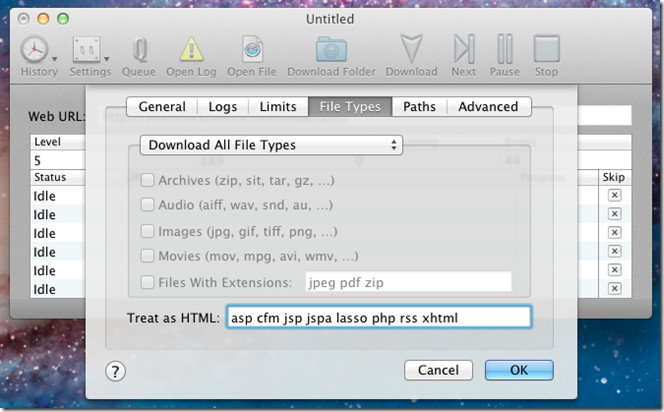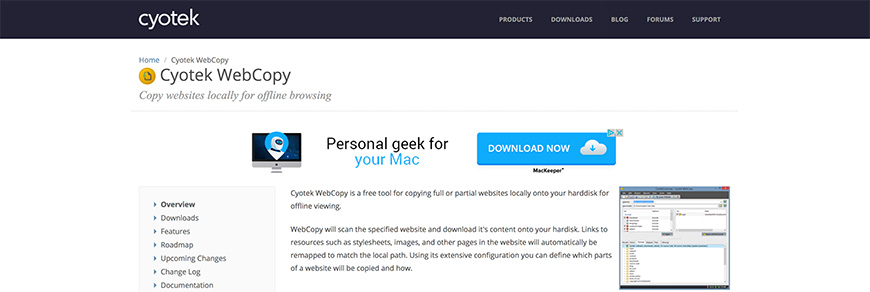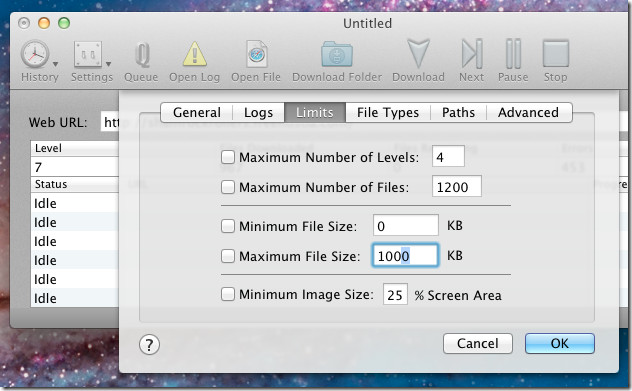
Under Language Bar, check if the Hidden option is selected. In the Text Services and Input Languages dialog box, click the Language Bar tab. In the Region and Language dialog box, click Change keyboards. Under Clock, Language, and Region, click Change keyboard or other input methods. Click Start, and then click Control Panel. In the Text Services and Input Languages dialog box, click the Language Bar tab, and make sure that either the Floating On Desktop or the Docked in the taskbar option is selected. Under Switching input methods, select the Use the desktop language bar when it’s available check box, and then click Options. Under Clock, Language, and Region, click Change input methods.Ĭlick Advanced settings.
#SITESUCKER THEN CHANGE WINDOWS#
Press the Windows logo key and type Control to search for the Control Panel app.
#SITESUCKER THEN CHANGE WINDOWS 10#
If you don't see the Language bar, do the following to check to see if the Language bar is hidden: In Windows 10 and Windows 8. You cannot see the Language bar if it is hidden or only one keyboard layout is enabled in the Windows operating system.

Keeping your wellness program fresh and fun is key to employee participation. Corporate Health & Wellness in Hong Kong – A Road Yet To Be Travelled. CORPORATE WELLNESS IN HONG KONG SOL Corporate Wellness makes it work for you! We design & customize corporate health and wellness. 'Corporate Wellness' has become the new “buzz phrase” in the business world as businesses are struggling against high insurance premiums, health-care cost, low. In most cases, the Language bar automatically appears on your desktop or in the taskbar after you enable two or more keyboard layouts in the Windows operating system. Repeat steps 1 and 2 to switch between different languages. The name on the indicator changes to reflect the active keyboard layout. If you have set up more than one keyboard layout for a single language, you can switch between layouts by clicking the keyboard layout icon on the Language bar and then clicking the keyboard layout that you want to use. The actual icon shown on your computer depends on the language of the active keyboard layout and version of Windows. Note: The icon is an example it shows that English is the language of the active keyboard layout. Keyboard shortcut: To switch between keyboard layouts, press Alt+Shift. Click the language icon on the Language bar, and then click the language that you want to use. After you have enabled the keyboard language that you want, open your document and place the cursor in the document where you want to start to type text in a different language. If the Language bar does not automatically appear after you enable a keyboard, see. Note: In most cases, after you have for two or more languages, the Language bar automatically appears in the taskbar or on the desktop. Prefer to use native keyboard layouts when you type in different languages that have a Latin alphabet.


Want to switch between languages with a non-Latin alphabet, such as Greek or Russian. Want to switch between languages with a Latin alphabet, such as English, Spanish, or French, and a language with a non-Latin alphabet, such as Arabic or Chinese. When you switch a language by using the Language bar, the keyboard layout changes to the keyboard for that language. To show the Language Bar, you can choose either Floating On Desktop or Docked in the taskbar. Go to the Language Bar tab, and choose one of the three options. In the new pop up window, go to Keyboards and Languages, click Change keyboards 4.

In the Control Panel window, go to Change display language. Click on the Windows Orb -> Control Panel.


 0 kommentar(er)
0 kommentar(er)
